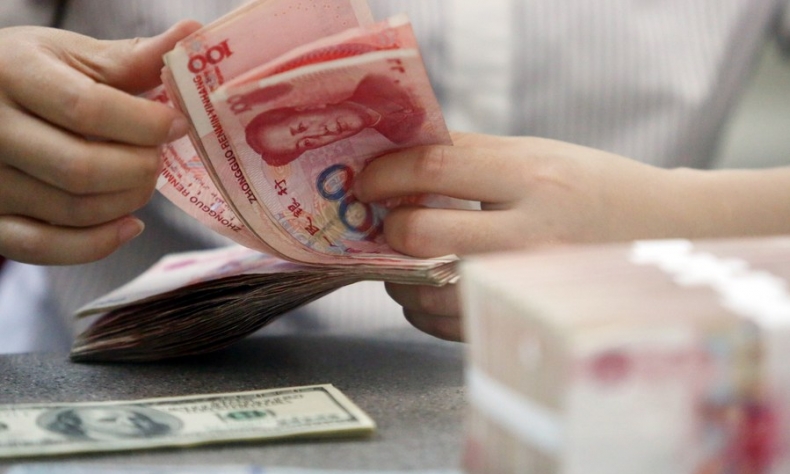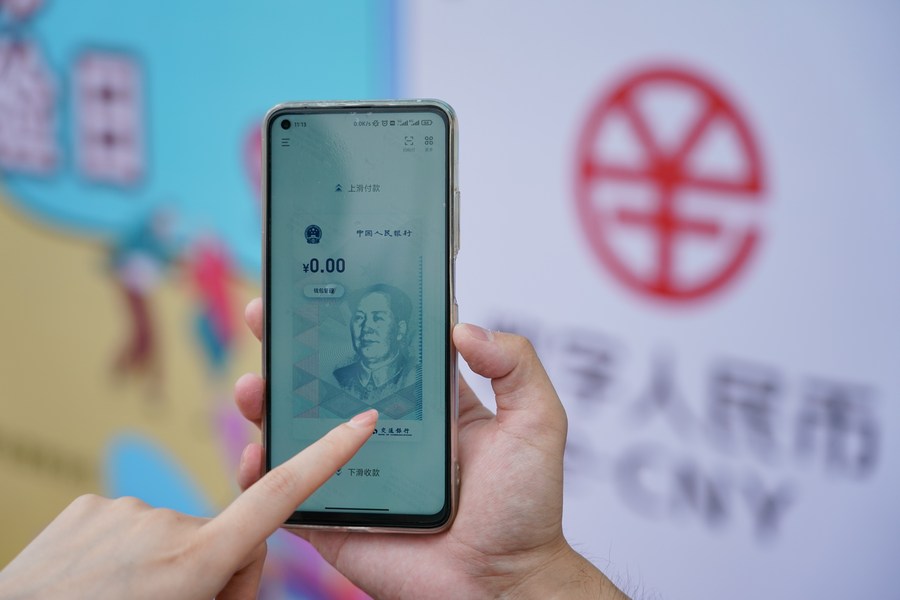Bumpy, but Bright

Amid the COVID-19 pandemic and changing international situation, RMB internationalization has a bumpy road ahead, but one nonetheless filled with opportunities.
According to the Currency Composition of Official Foreign Exchange Reserve released by the International Monetary Fund (IMF) on March 31, in the fourth quarter of 2021, the renminbi (RMB) share in global foreign exchange reserves edged up to 2.79 percent from the third quarter’s 2.66 percent, ranking fifth among the world’s major currencies. This is also the highest share since the IMF first released its data on RMB reserve assets in 2016.
The internationalization of the RMB keeps expanding. In the wake of reforms on its exchange rate formulation regime in 2005, China began pursuing a managed floating exchange rate regime based on market supply and demand. Today’s RMB status is, by all measures, quite the feat to have accomplished in under two decades.
However, the U.S. dollar (USD) is still the most widely held reserve currency by major central banks around the world, accounting for 58.81 percent of global foreign exchange reserves. The yuan’s 2.79 percent share is out of sync with its status as the world’s second largest economy and largest trading nation in goods.
According to a report by the People’s Bank of China (PBC) on RMB internationalization in 2020, the currency’s pricing function is further promoted in the government’s foreign accounting and management systems. In China’s mature futures market, commodities like crude oil and iron ore are more frequently denominated in the RMB; financial products with RMB denomination, too, are expanding in terms of types and scales.
The RMB as of yet is a settlement currency, rather than an invoicing one. Over 96 percent of China’s imports and exports of goods, as well as trade in services, are tagged in the U.S. dollar, followed by the euro; the RMB makes up for less than 1 percent. By contrast, the RMB accounted for 2.91 percent in global trade in 2020, according to the PBC. Meanwhile, cross-border RMB settlement accounted for 18.44 percent of China’s total foreign trade volume in 2020.

Negotiations on RMB settlement for oil trade between China and Saudi Arabia are underway. Iran has already started using the currency to settle its oil trade with China, followed by Turkey. The RMB is further growing into a major settlement currency in the Middle East; the Russia-Ukraine war may extend it to the wider world.
Russian companies and banks are now turning to the nation’s RMB reserves as the doors to the USD-based global financial system have slammed shut. And it’s quite possible many more countries will turn to the RMB as their settlement currency in the near future.
The stable RMB exchange rate against the USD is undoubtedly a fundamental reason for the former’s worldwide popularity. Backstopped by China’s robust domestic economy, any RMB/USD transactions are guaranteed.
Yet the rosy picture of the RMB’s active role in international settlements, however, by no means represents the currency’s high internationalization level—this pace must be accelerated.
Amid the COVID-19 pandemic and changing international situation, RMB internationalization has a bumpy road ahead, but one nonetheless filled with opportunities like the currency’s pricing and settling functions. RMB pricing of commodities, like precious metals, crude oil and iron ore, is also expected to gain ground. To date, at least 28 countries and regions have officially announced to allow RMB settlement for their foreign trade and the PBC has already signed currency-swap agreements with 39 countries.
The development and application of digital currencies are paving another way for RMB internationalization. Catering to the trend of the digital economy, boasting low issuing costs and boosting currency trade efficiency, digital currencies are expected to reshape the international monetary infrastructure. If China is able to take the lead in pushing the digital RMB into the wider world, the future of RMB internationalization will definitely look bright.
 Facebook
Facebook
 Twitter
Twitter
 Linkedin
Linkedin
 Google +
Google +










